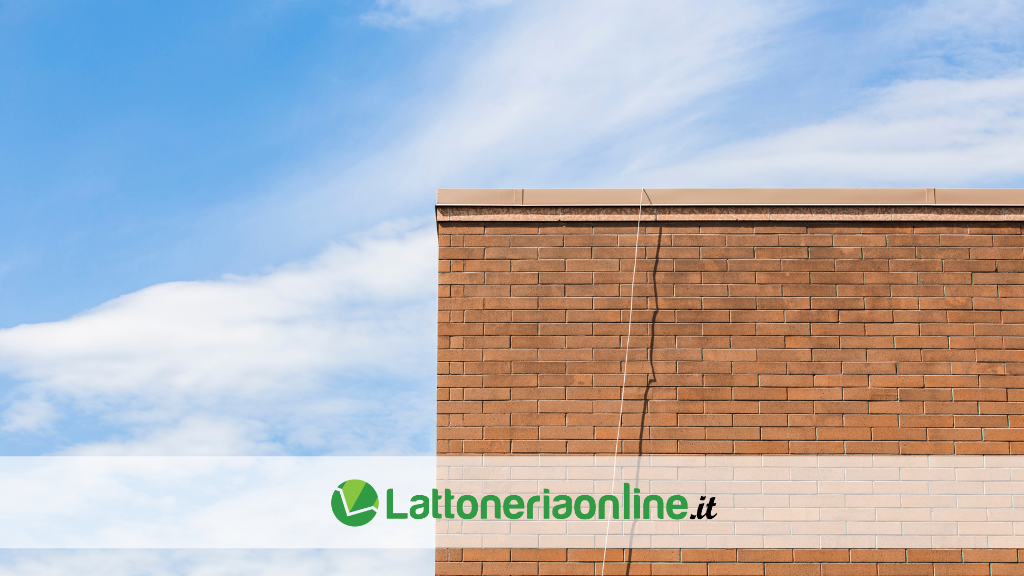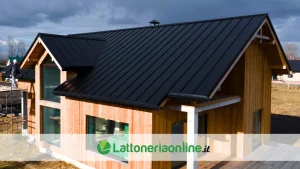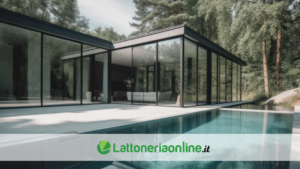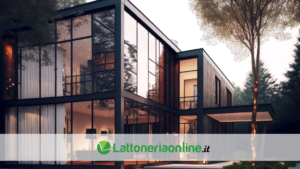
What is a sheet metal wall drip tray for? Which are the prices?
A sheet metal wall drip is an architectural element installed to protect an exterior wall to direct rainwater away from the building wall and prevent damage caused by standing water.
The drip rail is typically made of a bent sheet of metal that protrudes slightly from the building wall and is installed along the wall surfaces. When it rains, water runs down the wall and is caught by the drip tray, which deflects it away from the wall and drops it to the ground some distance from the building.
Sheet metal wall drips are often used in commercial or residential buildings to prevent structural erosion, mold growth and degradation due to moisture.
What are the types of sheet metal wall drip rails?
To choose the right drip tray for sheet metal wall, there are some factors to consider, including the appropriate size for the wall and the surface it needs to protect; the right design; ease of installation and many other factors.
Although on Lattoneriaonline.it it is possible to purchase any type of sheet metal drip tray, customizing materials, sizes and shapes in order to obtain the most functional one for the purpose, usually the most common types of drip tray are:
- Simple drip tray: equipped with a horizontal support part, it then includes a vertical area with drip at the end of 1.5 cm;
- Dripper with crusher: unlike the simple dripper, it is equipped with a horizontal support part with a fold folded on itself, and then provides a vertical area with a 1.5 cm drip at the end;
- Drip with adhesion: unlike the simple drip, it is equipped with a horizontal support part with final adhesion fold, and then provides a vertical area with a 1.5 cm drip edge at the end.
What are the prices of a sheet metal wall drainer?
The price of a sheet metal wall drainer mainly depends on the size, material and design. In general, prices vary from a few euros for the simplest models up to several tens of euros for larger ones with more elaborate designs.
Like all press-formed sheet metal products, the most important factor in evaluating the price is the material used. Copper is certainly the most expensive material but it must be considered that this higher cost is offset by other advantages, first of all durability over time but also greater aesthetic value. However, it should also be noted that the oxidation of copper over time could cause signs of dripping on the walls which could aesthetically compromise the structure. You can choose aluminium, which is perhaps the most convenient material considering the quality/price ratio. Even more convenient is the use of stainless steel or galvanized steel, even if you risk having to give up many other advantages from the point of view of practicality, aesthetics and functionality.



